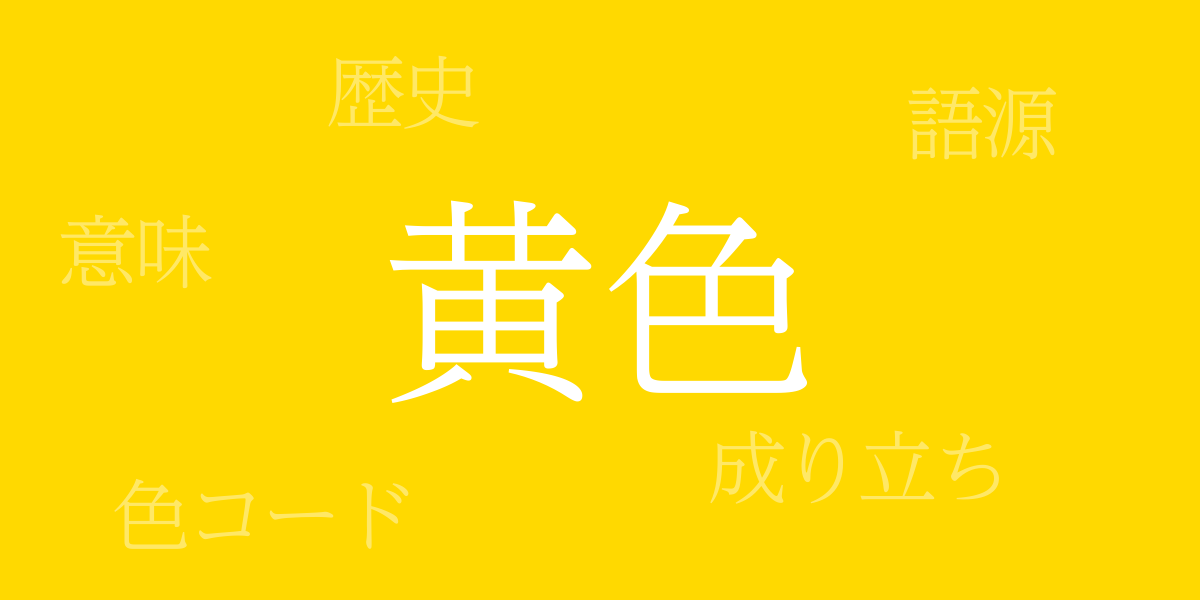Color is a mirror reflecting culture and emotions, and Japanese traditional colors are noted worldwide for their subtlety and depth of meaning. In particular, ‘Yellow (黄色(きいろ))’ has added vibrancy and warmth to people’s lives since ancient times. This article explores the allure of yellow and its integration into Japanese culture.
About Yellow (黄色(きいろ))
Yellow (黄色(きいろ)), one of the three primary colors of light, is abundantly found in nature—sunlight, flowers, and fruits. In Japan, yellow symbolizes brightness, hope, and happiness and has been used in clothing, family crests, and paintings. It is an essential element in the seasonal landscapes of Japan, manifesting as rapeseed blossoms in spring and vivid autumn leaves.
History of Yellow
Yellow has been used in Japan since ancient times, starting as early as the Nara period with advanced dyeing techniques, and was popular in noble and warrior garments. During the Heian period, yellow became a favored color in women’s attire, symbolizing elegance and grace. By the Edo period, yellow had permeated the common populace and was frequently featured in artistic works such as ukiyo-e.
Color Code of Yellow
In digital design and web production, colors are specified by color codes. Yellow has various shades, each with its unique code:
- HEX: #FFD900
- RGB: R:255 G:217 B:0
- CMYK: C:5 M:18 Y:88 K:0
Western Name for Yellow
In the West, yellow is simply called “Yellow,” but there are many variations each with their own names, such as “Lemon Yellow,” “Mustard Yellow,” and “Gold,” each conveying different impressions and uses.
Summary on Yellow
Yellow, a traditional Japanese color, continues to enrich our lives with its history and beauty. Even in the digital age, we can convey the charm of yellow through its color codes. Like the sun’s rays, yellow warms our hearts and remains a symbol of hope and happiness, cherished by many worldwide.

























